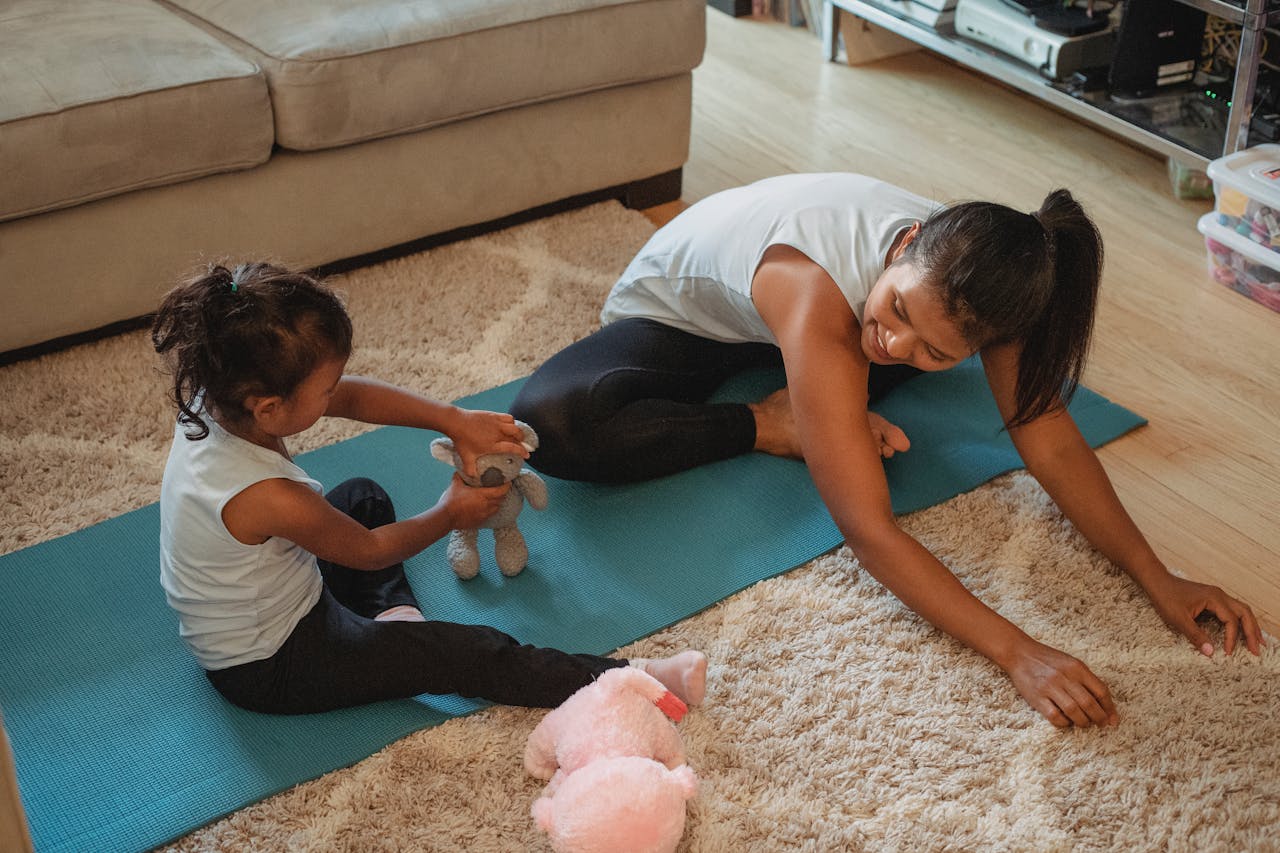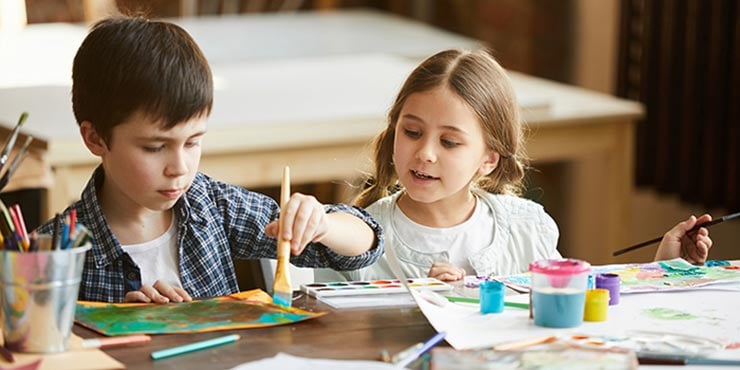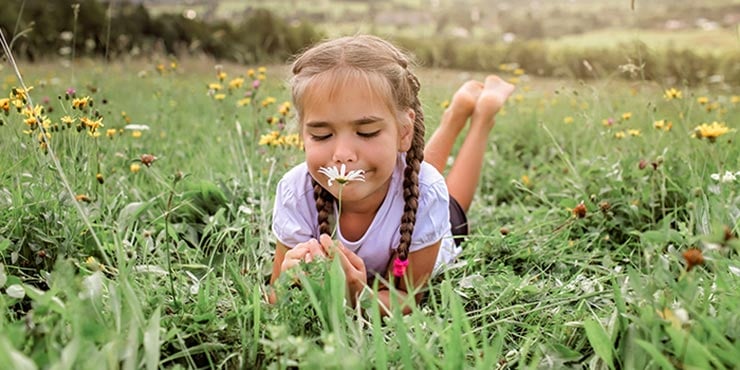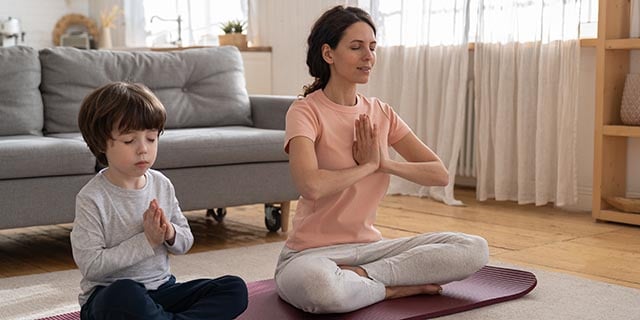5
Mindfulness Activities For Kids
Last Updated: November 4, 2024

Table of Contents
Looking to have your child calm down and enjoy their surroundings, allow them to feel calm and focused? Then practicing mindfulness could be the solution you are looking for!
Key Takeaways
- Teach kids mindfulness with simple exercises like deep breathing to develop emotional control.
- Encourage mindfulness through activities like deep breaths and mindful posing for better focus.
- Kids mindfulness helps children improve awareness using only their sense of the present moment.
- Elementary school students benefit from mindfulness practice for stress reduction.
- Activities like storytelling walks encourage kids to explore mindfulness creatively.
- Mindfulness training builds self-regulation and emotional intelligence in children.
What Are Mindfulness Activities for Kids?

Kids going at full speed and finding it hard to keep up? Mindfulness activities for kids just may be the exercise they need to find calm, reflection, and focus.
Every parent wants their children to be healthy, happy, and wise.
- Healthy in mind and body
- Happy in spirit
- And wise in how they handle the tough things life throws at them
While encouraging behaviors like eating nutritious foods, getting plenty of exercises, and keeping love in the home are all essential for helping your children achieve these goals, there's one thing that parents often miss: teaching mindfulness.
If you can help your children become more mindful, you will be giving them a lifelong gift that will never expire.
Teaching mindfulness to adults is often done through explaining, literature, and mindfulness training. For kids, it's a bit different. To teach mindfulness to children, it's better to use fun kids' activities, arts and crafts, and game ideas. This is by far the easiest way to incorporate mindfulness into their life.
The good news is you don’t have to make this your full-time job. Even doing a simple art drawing with your children can cultivate mindfulness. Arts and crafts are some of the most accessible mindfulness activities for kids and are highly recommended for regular practice.
Why Is Mindfulness Important for Kids?
Mindfulness teaches a range of things to kids:
- How to ride out strong emotions or “surf them” like waves bringing emotional intelligence into their life
- How to focus on just one thing, pay attention, and be present in the now.
- How to have self-control
- How to communicate more effectively
- How to differentiate thinking and feeling
- How to enjoy the present moment
- How to breathe better
- How to improve their social skills, making it easier for them to socialize and enhance their self-confidence
- How to practice self regulation
Mindful Breathing for Kids

Dr. Darlene Buan-Basit, Anahana Wellness Instructor, suggests that breathing exercises are crucial for kids because sometimes it is the only thing they can control. Unlike adults, children have very little in their lives that they can be in charge of with absolute awareness. They are told when to eat, what to eat, and what they can and cannot do.
Teaching children to focus on their breathing allows them to have complete control over one (vital) aspect of their lives.
Deep breathing is also essential because it’s the key to self regulation, emotional learning, and paying attention.
Say, for example, that a child’s friend has just embarrassed them. Often, in a situation like this, the embarrassed child's emotions are not even ones they can identify. Alternatively, they may have such a range of emotions that they cannot sort or understand what they are truly feeling in the first place.
It is crucial that the child can at least control and focus on their breath in either case.
Finally, Dr. Darlene Buan-Basit says that, on a clinical note, the ability to control breathing will strengthen all of the respiratory system muscles, especially the diaphragm muscle. The diaphragm acts as a pump to improve circulation and flush out toxins.
Breathing work also teaches ribs mobility and chest expansion, helping with activities such as swimming, singing, and playing an instrument. Finally, slow controlled breathing activates the parasympathetic nervous system or the relaxation response. This response helps significantly with digestion, sleep, anxiety, and more.
Mindfulness Exercises for Kids
Depending on age group, there are multiple ways to teach children mindfulness. Choosing an age appropriate practice to introduce mindfulness in child’s life is essential – take something simple, and they will get easily bored, and vice versa.
Let’s begin with something available for young children – those who don’t go to school yet but are already building a sense of awareness at the nursery or kindergarten. The following exercises will help your little one have a joyful, happy life experience from very early days.
Mindful Posing
Think of poses that make them feel free, strong, empowered, happy, supported, and brave. Consider superhero figures like Spiderman or Wonder Woman or any other empowering cartoon characters a child likes.
Then, replicate the poses to embody the same bravery, confidence, and strength traits these superheroes possess. Ask a child how they feel afterward.
Mindful storytelling walks
Turn your afternoon stroll into an adventure. Instead of mindlessly walking or running around the park, invite your child to be attentive this time and create stories around simple objects – a rock, a tree, a dog. This exercise strengthens the feeling of “present” and awareness and, at the same time, boosts creativity and imagination.
You can look into more traditional mindfulness exercises such as body scan, deep breath practice, mindful awareness meditation, and more for older children. These and more are the tools your teenager or young adult can take into the classroom and use to manage stress, promote a growth mindset, and process emotions.
Mindfulness Meditation for Kids
When you teach mindfulness to children, you allow them to have happier, emotionally and physically healthier life by building resilience that can withstand modern life stressors in healthy ways.
Mindfulness meditation, in essence, is about becoming more aware of the present. We usually imagine this person sitting in stillness for many minutes or even hours when we think about meditation. This stereotypical approach to meditation might not work well with kids – even with fewer distractions, you will have a tough time making them remain quiet.
In general, we suggest starting with the mindfulness exercises described above before moving into meditation practice. Although many kids understand the idea of mindfulness meditation exercises, it might be challenging for them to connect with practice truly.
Mindfulness For Kids: Frequently Asked Questions
How can I practice mindfulness with my child?
Any family activities you do where you are fully present can be considered mindfulness activities. For example, eating together as a family — without phones, TVs, games, or computers at the table — can be a form of mindfulness.
You can find online or print resources with mindfulness drawing ideas for kids, mindfulness worksheets, mindfulness games, and even mindful movements. Check out mindfulness blogs and mindfulness magazines for more ideas.

What are the benefits of mindfulness for kids?
Mindfulness for kids provides numerous benefits:
- Increased confidence
- Better focus
- Improved breathing
- Better sleep
- Improved digestion
- Stress relief
- Better emotional regulation
- Heighten the spidey senses
- Bring self-awareness to their life
What is mindfulness in the classroom?
Mindfulness teaches us to focus on the present moment and not dwell on the past or future.
Mindfulness in the classroom teaches children to regulate their emotions better and enjoy the present through guided awareness and breathing exercises.
How do I reassure my child who suffers from anxiety?
Often, emotions like anxiety get more prominent when we try to stomp them down. This is what kids often do. So, teach your child that anxiety is an okay emotion to have — just like a positive feeling is OK too. All feelings are valid, but we need to recognize them, accept them, and process them with total awareness.
If it helps, try an anxiety worksheet for kids that will allow your child to explain how they are feeling in their own words, using guided questions.
References
https://www.gse.harvard.edu/news/uk/19/01/making-time-mindfulness
https://www.ncbi.nlm.nih.gov/pmc/articles/PMC5455070/
Disclaimer
The contents of this article are provided for informational purposes only and are not intended to substitute for professional medical advice, diagnosis, or treatment. It is always recommended to consult with a qualified healthcare provider before making any health-related changes or if you have any questions or concerns about your health. Anahana is not liable for any errors, omissions, or consequences that may occur from using the information provided.

Dr. Darlene Buan-Basit is a highly experienced licensed Chiropractor and Pilates instructor with expertise in many techniques, including Medical Acupuncture, Traditional Chinese Medicine, and Advanced Massage Techniques.
